There are certain connections that you are bound to make between food items and ethnic groups, within every state in India. With cuisines varying from one sub-community to the other, you get a medley of recipes for a simple dish such as sambhar and a quick Sunday of house-hopping, visiting friends and relatives is sufficient to make your head (and probably your digestive tract too) spin with the inherent variety of food. However, each community has some signature dishes that are virtually impossible to be replicated by another community, however much they may try to beg-borrow-or-steal. My mother calls it கை பக்குவம் (Kai-Pakkuvam) , or roughly translated - "Prowess of the Hand". That is why she laments that she can never replicate the Iyer-Morekuzhambu, the Chettiar Chicken Biriyani, or the Tamil-Muslim Bread Halwa. Probably that's why "To each his own", is a well accepted saying among the home-chefs of India.
The dish that we are going to (attempt to) prepare today is a specialty of the Iyer-Iyengar Maamis of TamilNadu, particularly those who derive their ancestry from the Thanjavur area of the erstwhile fertile Kaveri Delta. Being typical vegetarians, the Iyer-Iyengar cooks of yore devised several recipes to make up for the lack of protein in their regular diet. They encouraged the extensive use of different varieties of pulses and legumes, and made sure that milk and milk products were incorporated at every meal in the form of curds, ghee, buttermilk etc. They made the boring dals interesting by combining them with a variety of vegetables, resulting in brilliantly refreshing kootus and poriyals. One such ingenious marriage is what resulted in the Paruppu Usili - a made-in-the-heaven match of a particular vegetable and crumbled-steamed-lentil-cakes. You will be hard-pressed to leave a typical Tamil-Brahmin wedding without having tasted some of this signature dish.
Ironically, I first fell in love with this dish after I moved to the US. Suganthi Aunty, a friend of my mother, who now knows every possible event in my life at Cincinnati, had served it with her minimalist-rasam. And I was totally mind-blown. To top it all, she had made it with broccoli, while I was used to the cabbage, beans and cauliflower versions of the dish. Maybe that was the whole selling-point. For the next several months broccoli became my favorite vegetable! The recipe that I am sharing today is sourced from Suganthi Aunty, though I have replaced the broccoli with cabbage, and have significantly increased the lentil-to-vegetable-ratio. I feel that it makes the Paruppu Usili all the more yummier, if possible!
MUTTAIKOS PARUPPU USILI (Serves 3)
Set-up Time : 3 hours
Set-up Time : 3 hours
Experiment Run-Time : 30 minutes
The Shopping List
Set 1: At the Chopping Board
Cabbage : 1 medium, cored and leaves finely chopped
Cabbage : 1 medium, cored and leaves finely chopped
Set 2: The Actual Yumm Stuff
Channa Dal / Bengal Gram Dal : 1 Cup
Red Chilies : 4-5
Asafoetida : a generous pinch
Salt : As required
Red Chilies : 4-5
Asafoetida : a generous pinch
Salt : As required
Set 3: Seasoning
Mustard Seeds : 1 tsp
Red Chilies : 2, broken
Curry Leaves : 2 strands, torn roughly
Red Chilies : 2, broken
Curry Leaves : 2 strands, torn roughly
Asafotida : a generous pinch
Vegetable Oil : 1 Tbsp
Turmeric Powder : 1 tsp
Turmeric Powder : 1 tsp
Salt : As required
Methodology
1. In a large enough bowl, place the Channa Dal and red chilies and pour enough cold water to cover the dal by over an inch. Allow them to soak together for a minimum of two hours.
2. Drain the soaked dal and chilies and grind them together with salt and asafoetida to a coarse consistency. Take care to not grind it to a fine paste. Sometimes, mixies/blenders available in the US find it an uphill task to grind the dal. In such cases sprinkle water sparingly as and when the blender struggles with the load.
3. Grease an idli-plate and steam balls of the freshly ground paste for up to fifteen minutes or until they feel firm to touch. Carefully remove them from the idli-plate and allow them to cool completely. I usually throw the steamed balls into the freezer for a good ten minutes.
4. Using a greased hand, coarsely crumble the steamed dal balls to obtain the usili. If the balls have cooled completely, the usili will be less sticky (and more crumbly) and your hands would be burn-free (Trust me. Been there, done that).
5. In a deep pan, heat the oil and throw in the seasoning items one by one. Once the mustard sizzles, add the shredded cabbage, some salt and the turmeric powder. Sauté the cabbage on medium heat, until it starts to give out its inherent water and cooks completely.
6. In a separate pan, add about a teaspoon of oil and once it is heated, transfer the crumbled usili into the pan. On a low heat fry the usili until it reaches the desired level of crispness. I usually fry it until I see some of the dal-bits taking on a reddish-brown hue.
7. Transfer the cooked cabbage into the fried usili and mix them together to bring them to a uniform temperature. Serve hot with rice and ghee!
Paruppu Usili is the typical comfort food for me. I make it whenever I feel like eating something that reminds me of the huge banana-leaf lunches back home. To keep my interest in the dish at a constant-high, I usually experiment with the vegetables that go into the usili. Broccoli, like I said before, is an all-time favorite. I have also tried it with cauliflower, beans and, more recently, even asparagus. I think I would leave the beans version to the experts. To me, the two don't create sufficient magic when I make it at home, but eating it at a wedding lunch is a totally different experience.
I love eating the usili with Paruppu Rasam, but like I had mentioned in a previous post, the gold-standard combination for the Paruppu Usili is undoubtedly the MoreKuzhambu. The very image of the two together puts to shame some of the best Kollywood-Couples, both on-screen and off-screen. Such Salivation! Much Finger-Licking!
Methodology
1. In a large enough bowl, place the Channa Dal and red chilies and pour enough cold water to cover the dal by over an inch. Allow them to soak together for a minimum of two hours.
2. Drain the soaked dal and chilies and grind them together with salt and asafoetida to a coarse consistency. Take care to not grind it to a fine paste. Sometimes, mixies/blenders available in the US find it an uphill task to grind the dal. In such cases sprinkle water sparingly as and when the blender struggles with the load.
3. Grease an idli-plate and steam balls of the freshly ground paste for up to fifteen minutes or until they feel firm to touch. Carefully remove them from the idli-plate and allow them to cool completely. I usually throw the steamed balls into the freezer for a good ten minutes.
4. Using a greased hand, coarsely crumble the steamed dal balls to obtain the usili. If the balls have cooled completely, the usili will be less sticky (and more crumbly) and your hands would be burn-free (Trust me. Been there, done that).
5. In a deep pan, heat the oil and throw in the seasoning items one by one. Once the mustard sizzles, add the shredded cabbage, some salt and the turmeric powder. Sauté the cabbage on medium heat, until it starts to give out its inherent water and cooks completely.
6. In a separate pan, add about a teaspoon of oil and once it is heated, transfer the crumbled usili into the pan. On a low heat fry the usili until it reaches the desired level of crispness. I usually fry it until I see some of the dal-bits taking on a reddish-brown hue.
7. Transfer the cooked cabbage into the fried usili and mix them together to bring them to a uniform temperature. Serve hot with rice and ghee!
Paruppu Usili is the typical comfort food for me. I make it whenever I feel like eating something that reminds me of the huge banana-leaf lunches back home. To keep my interest in the dish at a constant-high, I usually experiment with the vegetables that go into the usili. Broccoli, like I said before, is an all-time favorite. I have also tried it with cauliflower, beans and, more recently, even asparagus. I think I would leave the beans version to the experts. To me, the two don't create sufficient magic when I make it at home, but eating it at a wedding lunch is a totally different experience.
I love eating the usili with Paruppu Rasam, but like I had mentioned in a previous post, the gold-standard combination for the Paruppu Usili is undoubtedly the MoreKuzhambu. The very image of the two together puts to shame some of the best Kollywood-Couples, both on-screen and off-screen. Such Salivation! Much Finger-Licking!


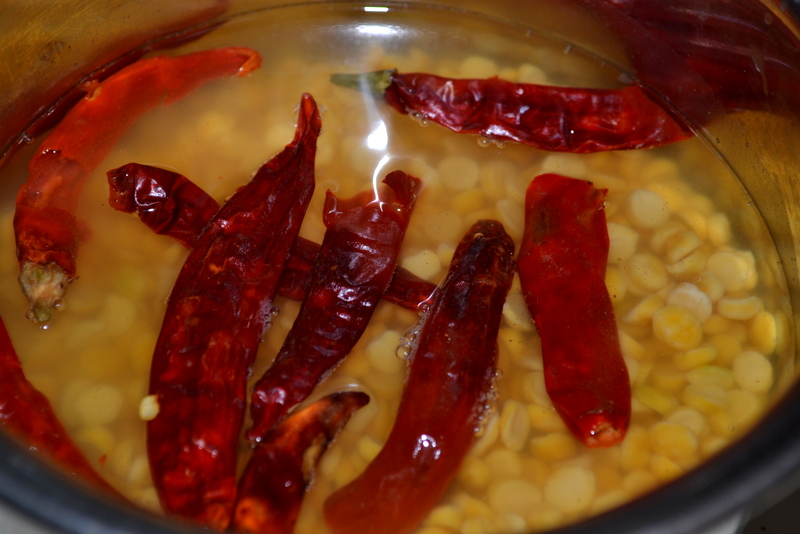

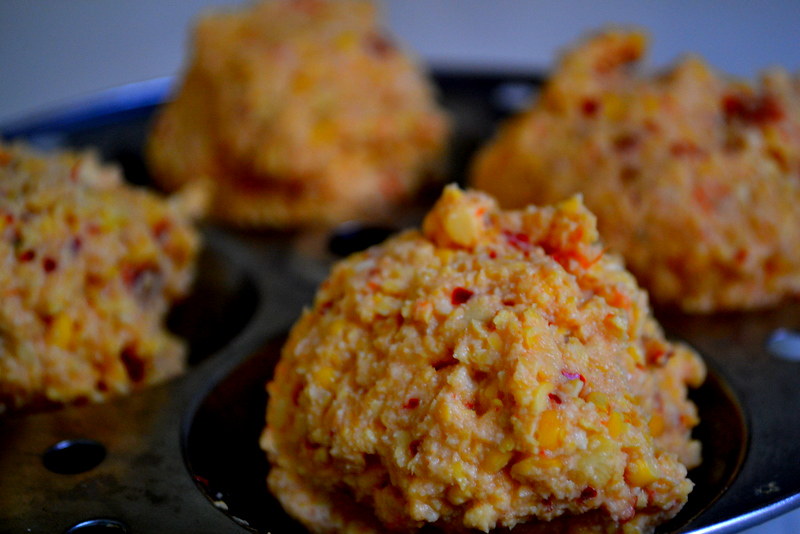
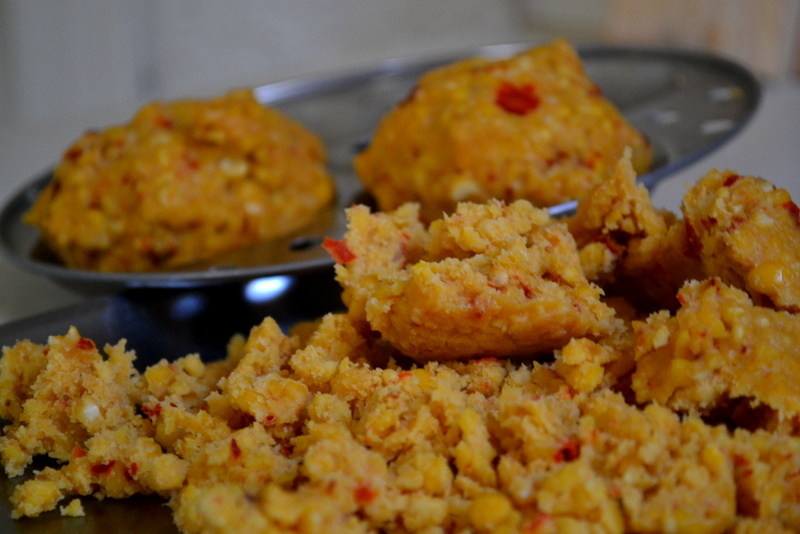
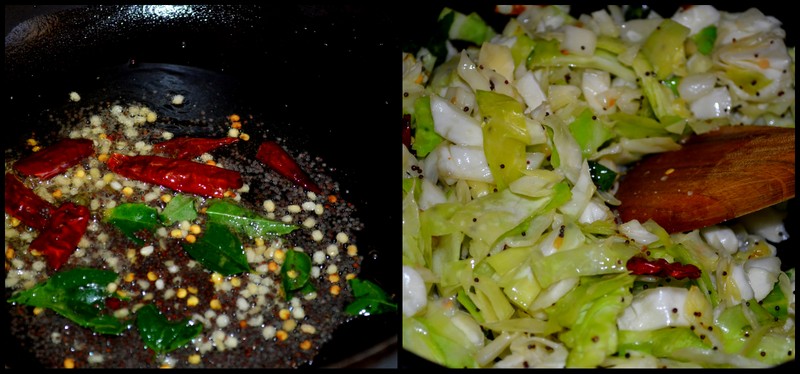
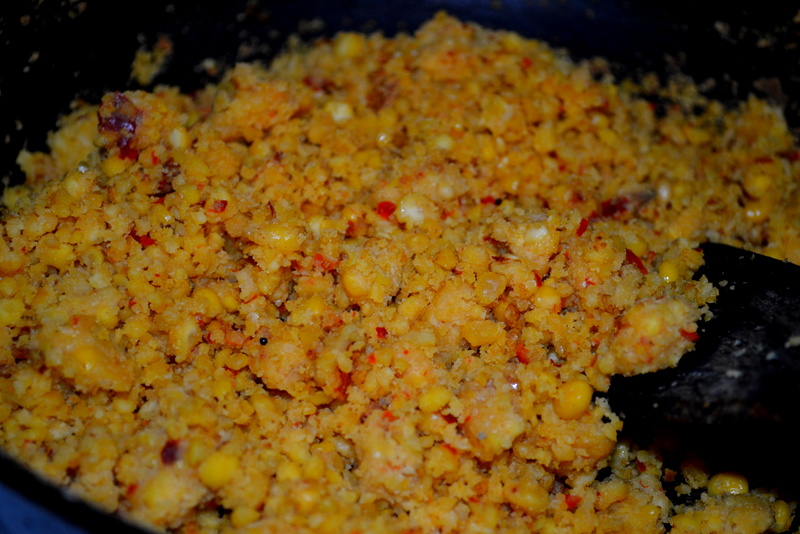
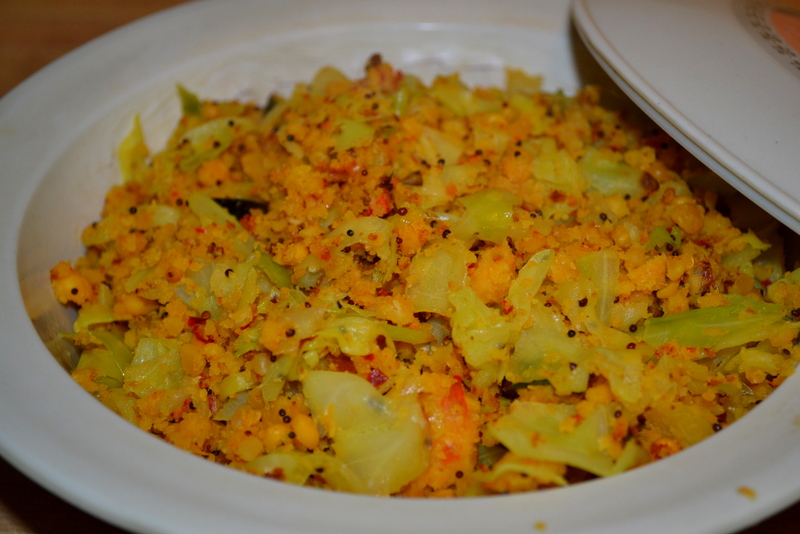
No comments:
Post a Comment